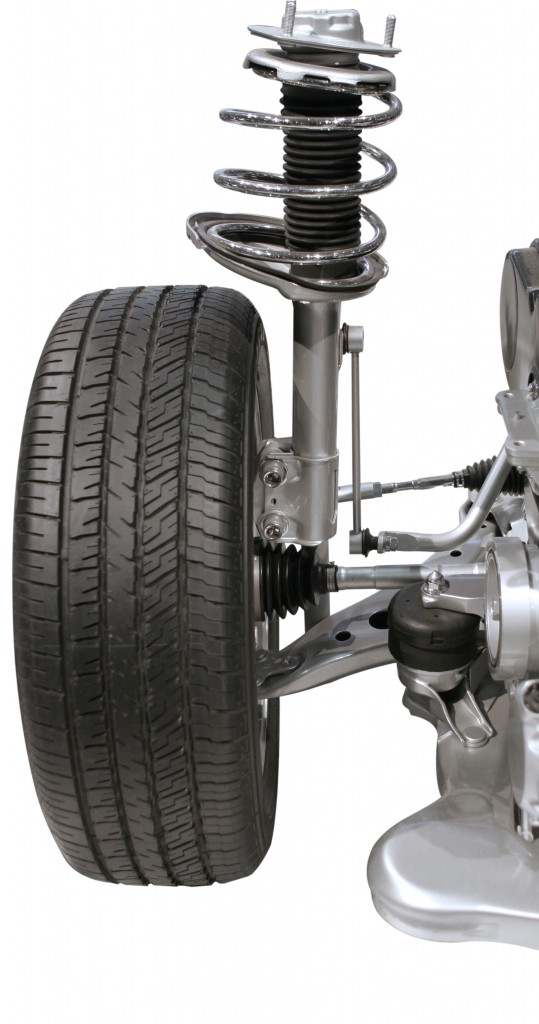Priming Twin Tube Shocks and Struts Differs from Priming Monotube Units
Occasionally, light-vehicle twin tube shocks and struts are misdiagnosed as faulty when removed from the box for installation. On the initial stroke of the product you may notice a dead band or erratic damping at the top of the stroke of the twin tube shock or strut. This is a normal occurrence and the shock will function properly once it has been primed.
This characteristic occurs in all twin tube shocks and struts because they lie on their sides during shipping and storage. Over time, the oil and gas inside twin tube shocks or struts moves between chambers while the product lies on its side. When the oil and gas are mixed in the working chamber, the damping effect may be irregular. Priming the unit removes the gas from the working chamber and moves it back into the reservoir. This is a normal operation that occurs once these twin tube shocks and struts are installed in their proper upright position in the vehicle.
Gabriel shocks and struts are all self-priming, so manual priming is not necessary. However, if you or your customers are in doubt, you can easily prime twin tube shocks or struts prior to installation. In order to manually prime twin tube shocks or struts, please do the following:
1) Stand twin tube shocks or struts vertically with the piston rod pointing up.
2) Compress piston rod into unit using a mechanical device, or push with hands and body weight until fully compressed (do not use excessive force to compress unit due to the potential of damaging the valving in the unit).
3) Repeat three to five times until you feel full resistance through the entire range of stroke.
4) Shock or strut is now ready for installation.
Note: Monotube shocks or struts do not need to be primed. The oil and gas are physically separated, and there is no chance of mixing damping oil with gas.
Courtesy of Gabriel Ride Control LLC.














